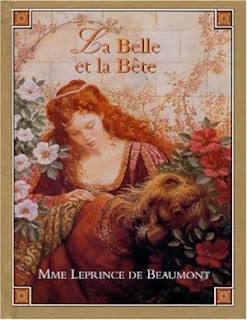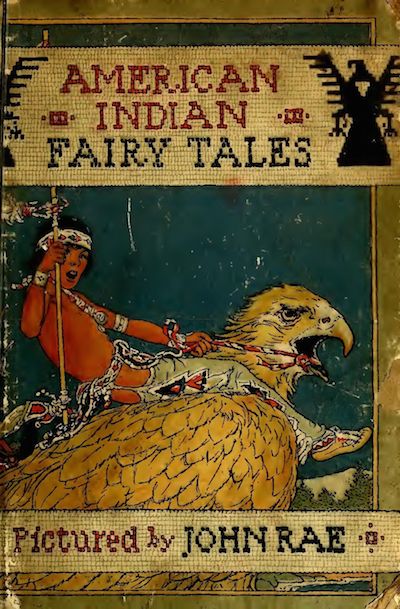The Difference in Beauty
Jeanne-Marie le Prince de Beaumont created a
version of Villeneuve’s tale, “Beauty and the Beast,” in 1750, which includes
most of the details our culture today identifies with Disney’s “Beauty and the
Beast.” In this version, Beauty’s merchant father had six children: three sons
and three daughters, including Beauty. Upon Beauty’s arrival to the Beast’s
castle, she is informed that she is the mistress there and that he will obey
her. While Beaumont lacks the lavish details of the castle (ones that
Villeneuve’s version includes), Beaumont adds a twist and quickly maneuvers the
scene back to Beauty in her home—since the Beast gave her leave to tend there
for a week. While she was gone, Beauty’s sisters devised a master plan that
involved rubbing onions in their eyes to feign the tears of sadness as they
watched their sister leave. The sisters wanted to keep Beauty at home for
another week in hopes that she would return late to the palace and the Beast
would eat her in anger and as her punishment for being tardy. But when Beauty
returns late to the palace, she finds him dying and restores his life. Beauty
does not die. In the end, they marry and live happily ever after. In Angela
Carter’s version, called “The Tiger’s Bride” Beauty and her family have just moved
from Russia to Italy. When they arrive, they discover that every newcomer must
play a hand of cards with the Beast of the village—which becomes a gambling
addiction. The Beast is ashamed of his appearance and wears a human mask; moreover,
everything he does is in attempt to act and seem more human: overpowering cologne,
scarf around his neck, gloves over his hands. When the father loses all his money,
he bets his daughter. At the core, these tales both explore the nature of man,
woman, and their relationships by exploring three motifs: wilderness, animals,
and civilization. But, if you were to examine these tales’ side-by-side, it
would be easy to recognize that while they are variations of Villeneuve’s
original “Beauty and the Beast,” they are wildly different in their view’s on ‘civilizing’
the Beast, and the relationship between father and daughter. Beaumont’s “Beauty
and the Beast,” Beauty is seen as the ‘civilizing’ agent that brings forth the
Beasts internal prince, exposing him for who he truly is, while in Angela
Carter’s “The Tiger’s Bride,” a woman excepts her own internal beast and joins
her man in unison in the wild—quite the opposite of Beaumont. Furthermore, these
tales could be analyzed through their father-daughter relationships. In
Beaumont’s version, Beauty sacrifices herself to the Beast so that her father
can escape, while Carter’s version describes Beauty’s father essentially
handing his daughter over to the tigers over a gave of cards that he had lost
to the Beast.



Comments
Post a Comment